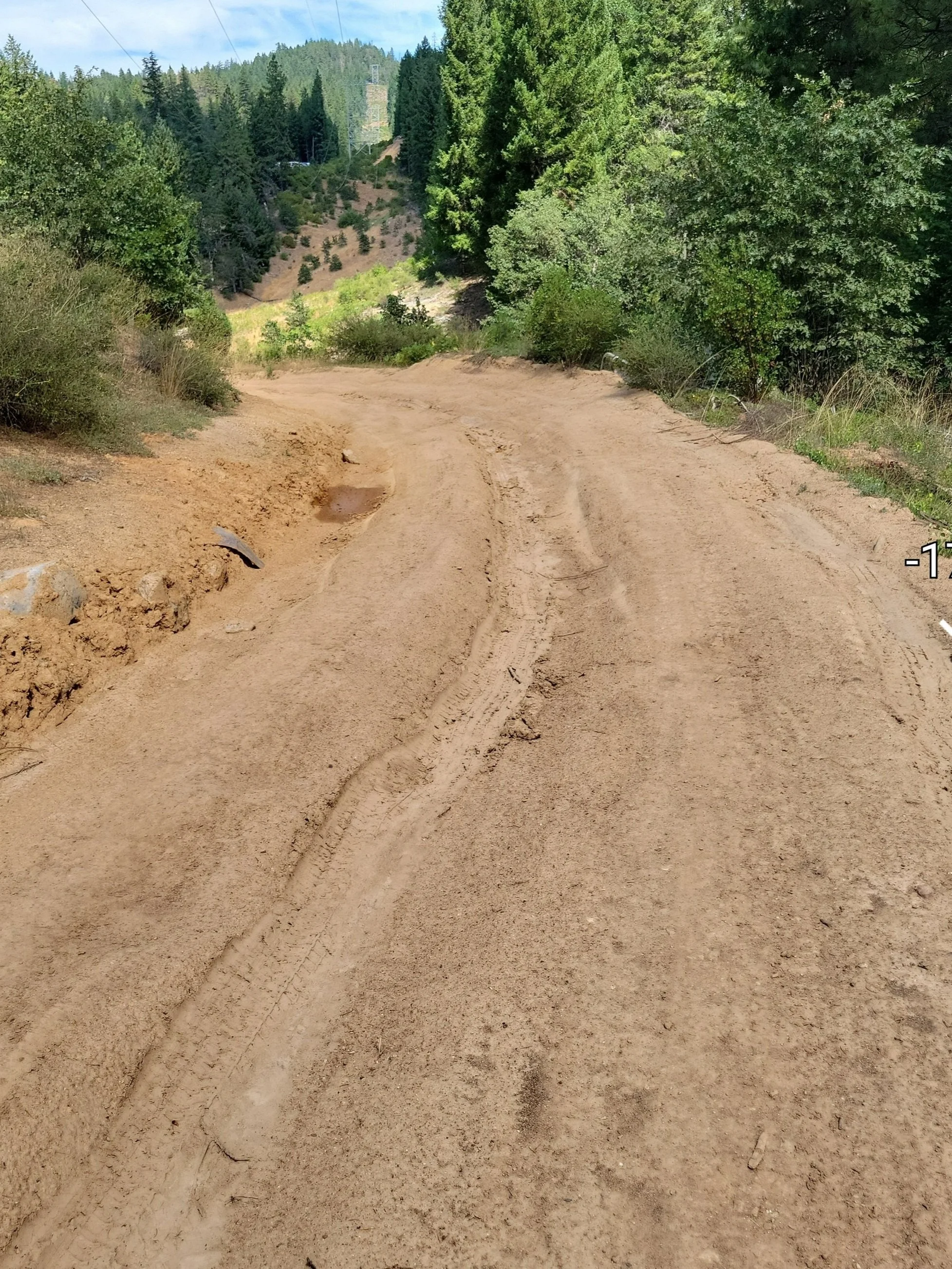Read the full sediment source treatment plan by clicking (or tap and hold on mobile) here.
Flowra is seeking community feedback on our recently completed Sediment Source Treatment Plan by July 14th. Please read through the plan by following the link above, and contact Chris Losi at ChrisL@theflowraplatform.com with your comments and questions.
Flowra has partnered with Cannabis for Conservation, a 501(c)(3) nonprofit organization, to address the abysmal road conditions in Post Mountain. With a grant from the USEPA and the North Coast Regional Water Quality Control Board, we are providing analysis, planning and permitting services to the Post Mountain Public Utility District (PMPUD) so that they may begin work repairing and upgrading the 26.5 miles of road owned and managed by the District.
The Phase 1 grant is a planning grant. It is our intent that the materials we produce will allow us to obtain an implementation grant to begin the construction activities necessary to improve the roads and reduce sediment to waters of the State.
In July 2024, we conducted a full survey of PMPUD roads, cataloging the locations where the roads are eroding and contributing sediment to the waters of the State. In December, we produced a Sediment Source Inventory, which identifies 33 discrete Sediment Sources and calculates the amount of sediment produced from each source annually. That report is available here.
In 2025, we worked with an engineering firm, Gregory Engineering, to develop basic repair plans and costs for the entire road system. In June 2025, we combined this information with data from the Sediment Source Inventory to prepare a Sediment Source Treatment Plan.
Due to the high cost and time-consuming nature of road repairs, the Sediment Source Treatment Plan has divided the entire PMPUD road system into 12 road groups. Each group is of a similar size and complexity, allowing each group to be fixed under a single grant. Each road group contains from one-and-a-half to four miles of road.
The Sediment Source Treatment plan ranks the road groups from highest to lowest priority based on the following factors:
· Tons of sediment reduced
· Hydrologic need
· Affordability (cost per ton of sediment reduction)
· Immediacy (likelihood of road failure)
· Community support
Community support is an important factor in prioritizing road repair because repairing roads that have a high level of community support is more likely to be successful, which will engender support for future repair efforts.
Ongoing focus group meetings comprised of Post Mountain residents and other key stakeholders is underway to help decide on two or more road groups to begin work on. Once the road groups have been decided on, we will obtain the the necessary permits to conduct road repair, and with these permits, we will then seek an implementation grant that will allow us to repair the roads themselves.


